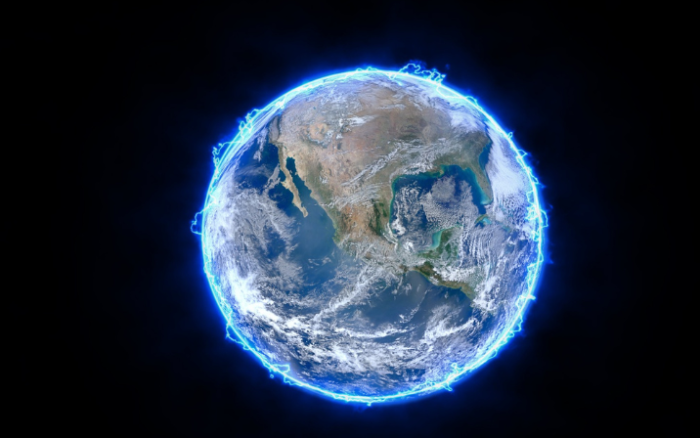Be energetically independent. The key is accumulators
27 Oct 2023 - Environment, Circular Economy, Energy

“As long as we depend on someone else we will always have energy crises. It is necessary to change the system because it is the sixth energy crisis in 50 years that we are experiencing."
– Nicola Armaroli, Research Director of the CNR.
Are large power plants really essential for energy continuity?
If you think about the single building, about your home the answer would be no. The self-consumption systems at this point they are increasingly performing thanks to the enormous progress made in the field of storage systems. For this reason, among the various technologies that would allow a building to be completely self-sufficient from an energy point of view, we could mention the technological example of a geothermal heat pump and a photovoltaic system, connected to the most suitable storage system.
The urgency of the energy transition has rekindled interest in this type of system - accumulators - precisely because they are able to support intermittent energy sources in satisfying fluctuations in electricity demand. Italy, Indeed, has set itself important goals such as: completely abandoning coal by 2025, using renewable energy for 55% of electricity production by 2030 and completely abandoning fossil fuels by 2050.
A storage system is a system capable of storing energy, which is essential if it is produced by discontinuous storage sources, i.e. by systems that do not guarantee constant electricity production, such as photovoltaic and wind power.. The great limitation that renewables had until a few years ago was precisely this: they were not always available, unlike fossil sources. For this reason, systems for storing electricity were invented: to guarantee stable energy supplies.
Accumulation can occur in two ways:
- energy intensive and
- power intensive.
The first deals with easing network congestion produced by excess production in an area of the plant that is not capable of absorbing it entirely; The second one it is a system capable of absorbing and delivering a large amount of power in a very short time and for a limited period of time, so as to be able to control the production phases of a plant. Some examples of mechanical storage systems are: flywheel systems, compressed air systems and pumped hydroelectric systems.
But the energy storage system which is gaining an increasingly important position are batteries. This is due to their modularity, ease of use and versatility. Nowadays the goal (already achieved by some systems) is to have completely sustainable and entirely recyclable batteries, two examples are salt batteries and sand batteries, even more sustainable than the most used flow or lithium ion batteries.
The topic of energy storage systems is extremely vast and the industry technicians themselves sometimes they have different opinions from each other. Some, in fact, argue that the best electricity storage system is not batteries but the complex air storage system, because it is cheaper.
This uses the excess energy produced to compress air, which is stored in airtight underground chambers, and then released when needed through a gas turbine that generates electricity. The efficiency of this system, however, is linked to geological conditions, but studies are currently underway aimed at eradicating this correlation. In fact, a lot of attention is dedicated to this variant of accumulator, because it offers a large energy storage capacity, has a long life, a low capital cost, is very safe and respects the environment.
Southern Italy would be particularly involved in the possible planning of similar plants because it is a favorable context for its development. Basilicata, the sea depths in Sicily and the Gulf of Taranto, for example, are areas where the geomorphological conditions are optimal (especially underwater) for storing the compressed air used by this system.
Icaro Ecology currently collaborates with the Kore University of Enna to a research project that aims to eliminate natural gas or LPG power sources from the thermal desorption plant it uses, replacing these energy sources with a more sustainable one: green hydrogen.
The project includes the production of thermal energy from solar sources, to then transform it into electrical energy, necessary to split water molecules and obtain oxygen and hydrogen in gaseous form. The hydrogen obtained would be accumulated in a tank and then used as fuel to power the Smart Burners used for thermal desorption to produce the heat necessary for the reclamation intervention to be implemented. By doing so it would be possible not only to completely avoid the production of CO₂ but also to complete the reclamation process with totally green energy, the excess production of which would allow it to be used for storage in 'transportable batteries', fuel cells - or fuel cells - which could power corporate offices.
The main obstacle on the widespread use of accumulators is their cost, still considered high, especially if referring to innovative technological systems. It is undoubtedly true that the initial expense represents a higher cost than a traditional energy supply system but it is essential to consider that these costs can be fully amortized within a few months as a similar investment allows you to self-produce energy, greatly amortizing if not canceling the costs of the bills .